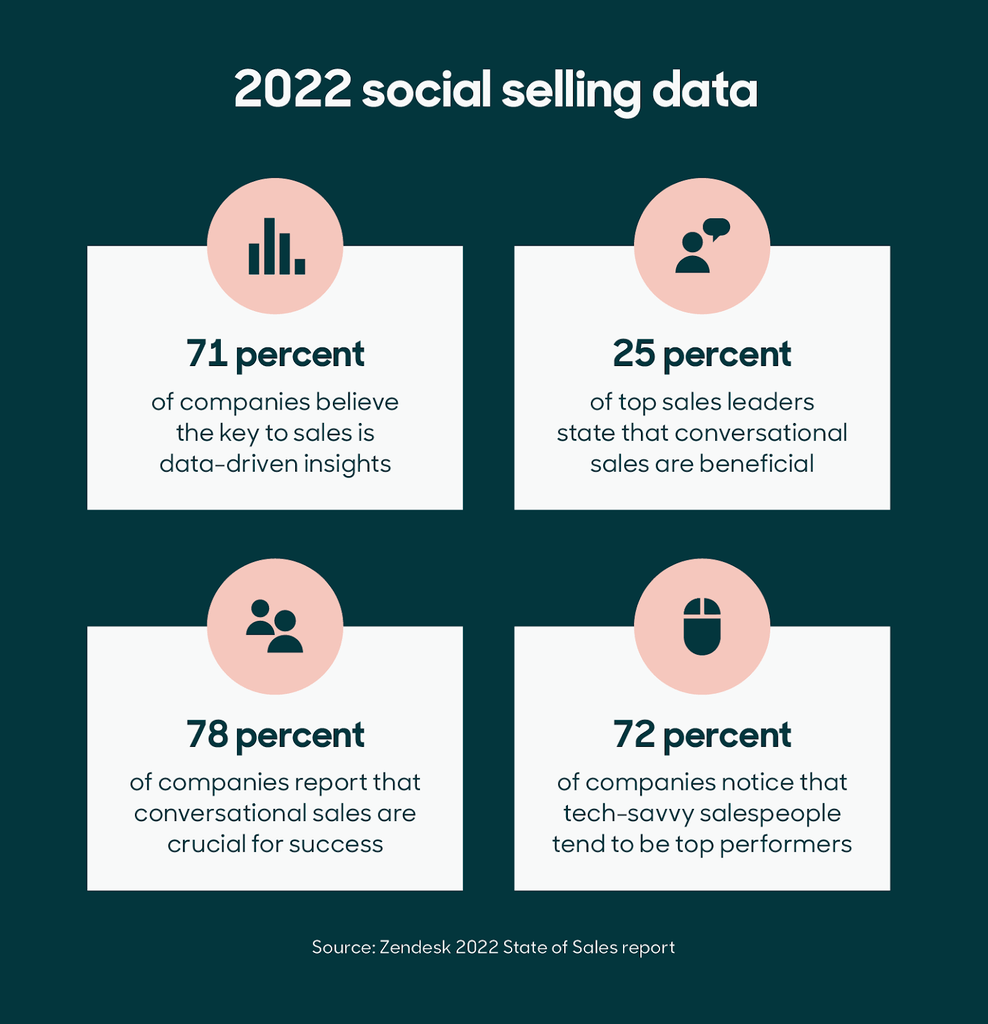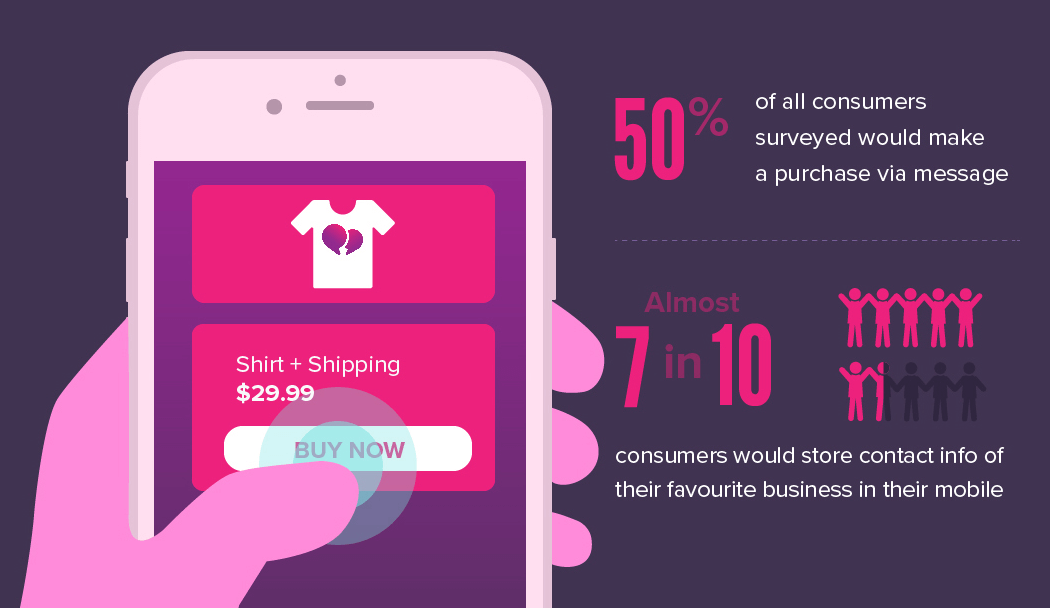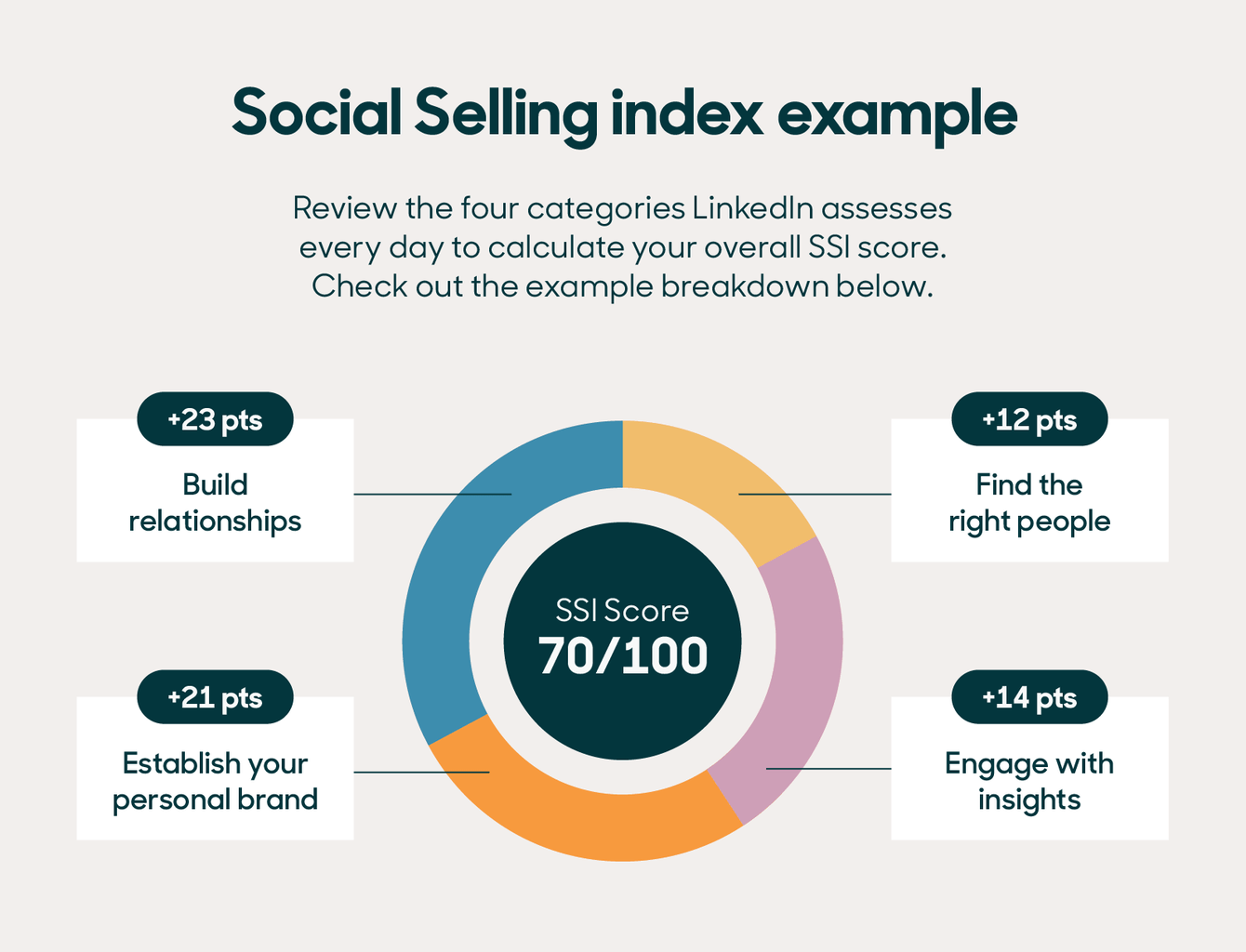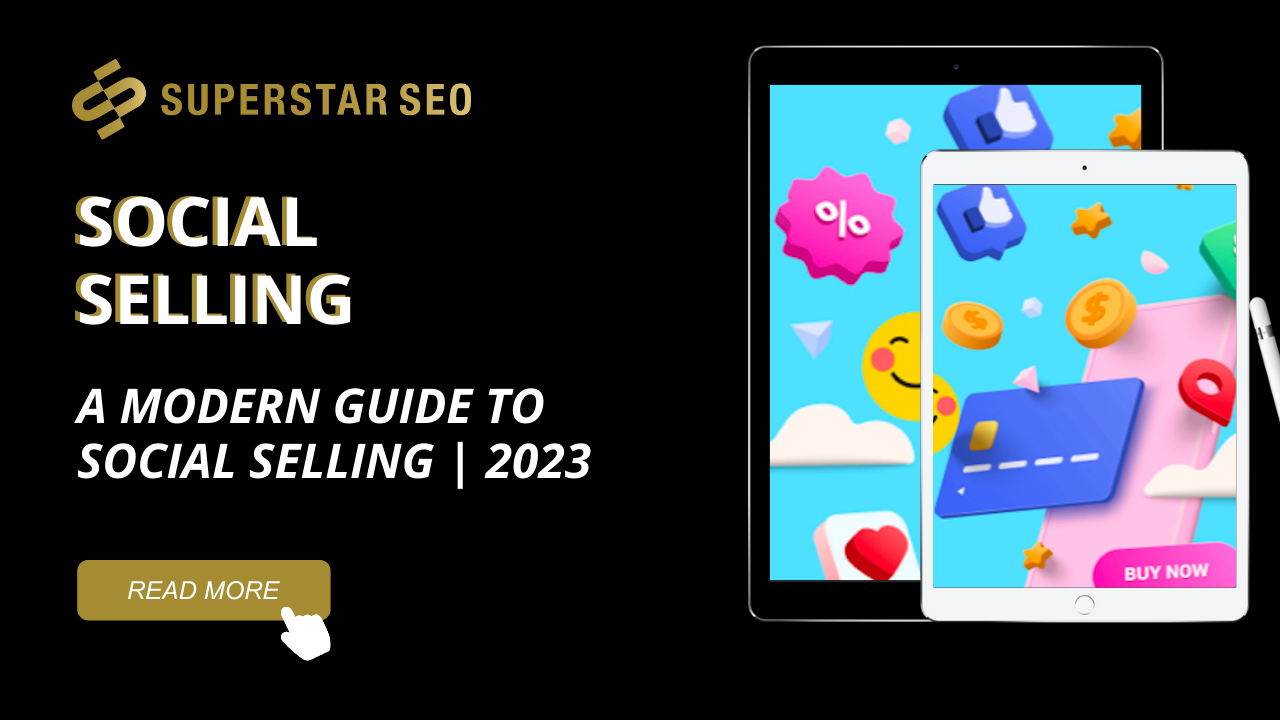A Modern Guide to Social Selling | 2023
In 2023 traditional selling has long been….not enough and not right. Meanwhile, social selling has turned into the art of building relationships, establishing trust, and (ultimately) driving sales through social media platforms.
***
“Imagine walking into a store where the salesperson bombards you with information about their products as soon as you step inside.
They show no interest in your needs or preferences, and their only goal is to make a sale.
You're likely to feel uncomfortable and unlikely to buy something.
Right?
Now, imagine that he/she greets you with a smile and takes the time to understand your needs and preferences.
They offer personalized recommendations for what you need, answer your questions, and provide helpful insights.
You will probably feel more valued and likely to make a purchase.”
This example illustrates the difference between traditional selling and social selling.
While traditional selling focuses on pushing products, social selling focuses on building relationships first and then making a sale.
So, What Is Social Selling?
Social selling definition: At its core, it is the act of using social media platforms to connect with potential customers, build relationships, and ultimately drive sales.
It's not about spamming your followers with product promotions or cold-calling prospects until they're blue in the face.
It's about using social media to engage with people on a personal level, provide value, and create trust.

Now, you may be thinking, “Isn't that just digital selling?”
The answer is No. Digital selling is
You can also use conversational commerce to:
- provide customer support,
- ask questions to better understand what the customer wants
- answer any questions about the product or service
- address any concerns or issues that potential customers may have.
By using conversational commerce in this way, you can provide a more personalized and user-friendly buying experience.
Social Selling Best Practices
1. Identify Your Target Audience
As with everything else, this step is very, very, very important.
You want to focus on the people who are most likely to be interested in what you have to offer.
I'm not going into details as you probably already know this part yourself.
However, if you need a reminder, here's how to get to know your audience:
- Define your ideal customer persona
- Conduct market research
- Analyze your social media analytics
2. Set the Goal for Why You Need Social Selling
Well…we already established the “what is social selling,” but what's important for your business is understanding the WHY.
Why do you need it?
Here are a few reasons (goals you need to set)
- Increased reach
- More personalized interactions
- Generate leads
- Improved brand awareness
- Higher conversion rates, etc., etc.
So, whether you're a B2B or B2C business, social selling can be a valuable addition to your sales and marketing strategy throughout the entire buyer journey stages.
Moreover, by using social selling in an inbound way, you can attract potential customers to your brand rather than chase after them.

3. Optimize Social Profiles for Social Selling
What is social selling if you're not where your audience is? And you've not optimized your profiles to fit the platform (and/or your goals)?
So, once you've chosen the right platform(s), there are a few key elements you should focus on when optimizing your social profiles for social selling:
- The profile picture and header image: Your profile picture and header image should be professional, high-quality, and visually appealing. They should also be consistent with your brand's visual identity.
- Bio: Your bio should be clear and concise, highlighting what you do and how you can help potential customers. You should also include relevant keywords that potential customers might be searching for.
- Content: Your content should be valuable, informative, engaging, etc., etc. You should also aim to post consistently and engage with your followers the RIGHT WAY.
- Engagement: Social selling is all about building relationships, so saying that it's important to engage with potential customers on social media is probably an understatement.
By optimizing your social profiles for social selling, you can increase your visibility, establish credibility, and build relationships with potential customers.
So, take the time to choose the right social media platform(s) and focus on the key elements of your profiles.
4. Social Listening for Better Social Selling
Social listening is all about paying attention to what people are saying about your brand or industry on social media.
In fact, nearly 70% of marketers agree that social listening has increased in value.
By setting up social listening alerts, you can receive notifications whenever your brand or industry is mentioned on social media, allowing you to respond in a timely manner and engage with potential customers.
Here are a few key benefits of setting up social listening alerts for social selling:
- Engage with potential customers in real-time
- Monitor brand reputation
- Stay up-to-date on industry trends
So, how can you set up social listening alerts for social selling?
Most social media platforms have built-in social listening tools.

They allow you to set up alerts for any keywords, hashtags, or mentions related to your brand, industry, or competitors – you name it.
You can also use third-party social listening tools to monitor social media conversations across multiple platforms.
5. Think ‘Conversational Commerce'
Conversational commerce is a powerful tool for social selling because it allows you to engage with potential customers in real-time.
And let's be honest…people love some personalized recommendations and support which conversational commerce provides.
What is this all about?
Well, by using chatbots and messaging apps, you can answer questions, make product recommendations, and provide customer support, all within a conversational and user-friendly interface.

Check out some examples of conversational commerce by different brands and the technologies used here.
But…How can you incorporate conversational commerce into your social selling strategy?
Start by identifying the social media platforms and messaging apps that your potential customers are using.
Then… -> Set up chatbots (or other technology) that can provide personalized recommendations.
You can also use conversational commerce to:
- provide customer support,
- ask questions to better understand what the customer wants
- answer any questions about the product or service
- address any concerns or issues that potential customers may have.
By using conversational commerce in this way, you can provide a more personalized and user-friendly buying experience.
6. Subscribe to LinkedIn Sales Navigator
What is social selling without LinkedIn? It's….something.
However, LinkedIn is like one of the top platforms for social selling. They even have their Social Selling Index to help businesses become leaders in sales.

But what is LinkedIn Sales Navigator, and how can it help with social selling?
LinkedIn Sales Navigator is a premium version of LinkedIn that's specifically designed for sales professionals.
It provides a range of features and tools that can help you find and engage with potential customers more effectively, including advanced search filters, lead recommendations, and personalized insights.
By using Sales Navigator in combination with your selling strategy, you can find and engage with potential customers more effectively.
But it's important to note that Sales Navigator is just one tool in your toolbox – it's not a magic solution that will instantly transform your sales.
And if you need some other tools to transform your LinkedIn social selling campaigns, this article is for you.
7. Know When to Move Your Conversations off Social Media
Social selling is all about building relationships and engaging with potential customers on social media platforms.
However, there comes a time when you need to move your conversations off social media and into a more private setting.
Knowing how to communicate with a prospect is critical, so knowing when to make this move is very important.
Here are a few things to keep in mind:
- Understand the Buyer's Journey: Knowing where a prospect is in their journey can help you determine when it's time to move the conversation off social media.
- Know How to Communicate: Not everyone communicates the same way. Some people prefer phone calls, while others prefer email or video chats.
- Establish Trust: Make sure you've built a relationship with the prospect and that they're comfortable with you and your product or service.
- Have a Plan: Once you've established trust and determined that it's time to move the conversation off social media, make sure you have a plan in place. This could mean scheduling a phone call or video chat or setting up an in-person meeting if possible.
To Wrap It Up!
As the old saying goes, “Rome wasn't built in a day.” The same can be said for social selling.
It takes time, effort, and a willingness to learn and adapt.
But if you stay committed and follow these best practices, you'll be well on your way to building a successful selling strategy and driving sales for your business.





